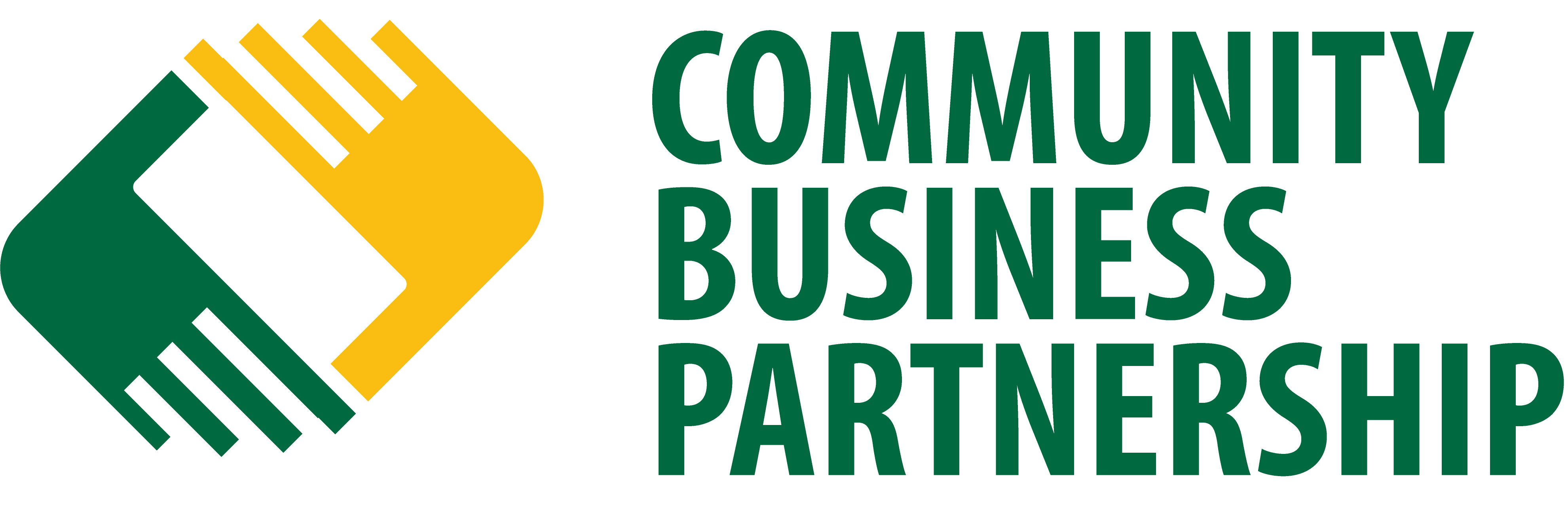How to Say “No” to Your Customers and When You Should
It is difficult as a woman to say no to customers. You may fear you will lose customers or clients but there are some cases where “no” is necessary to ensure your business runs smoothly. Find out how and how to say “no” to your customers here.
When to Say No to Customers
There are certain times when saying no will save your business (and sanity!). Here are some examples of when to say no:
- When you are asked to go against company policy
- If the customer is making unrealistic demands (such as an unreasonable price decrease)
- In cases where the customers are being abusive or threatening towards you or the business
- When the customer is continuously unreasonable or has a reputation for stressing out your employees
- When a customer is asking for something outside your scope. There is a reason you offer your current products and services, and you might not be ready or equipped to go outside those right now.
Tips to Say No to Customers
Saying no to customers is necessary but it can be difficult for women entrepreneurs. You have to be direct but also emphatic so the customer understands your point of view. Here are some tips to help you to say no.
- Give the customer an explanation
Customers deserve an explanation for why you are saying no to them. Explaining the reasoning behind your decision will make them feel heard and see your point of view. You can help them to understand what is happening and help them to find peace with the situation.
- Let them know that you took their feedback seriously
Customers want to know that they are appreciated and heard. If you cannot help a customer and they refuse to accept it, remind them that you have done everything possible. Explain to them that you have taken their concerns seriously and appreciate their feedback, but you just cannot provide any more assistance to them at this time.
- Provide alternatives
When saying no to a customer, try to provide alternatives including outside referrals! Ideally you can provide alternatives within your business. For example, explain an existing service or product you have that can be a strong option for them!
Sometimes referring out is the best option. The customer and their needs might not be the best fit for your business, and referring can be valuable to the customer and those you are bridging too. Create bridges with peers and partners so they can refer back to you when appropriate!
Remember it’s your business at the end of the day and you need to do what’s best for you and your staff.
If you liked our tips on “How to say no to customers”, contact the Women’s Business Center for more business content to help your company to thrive!
